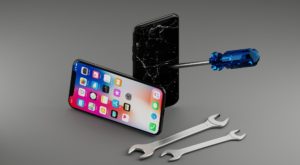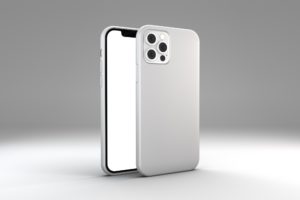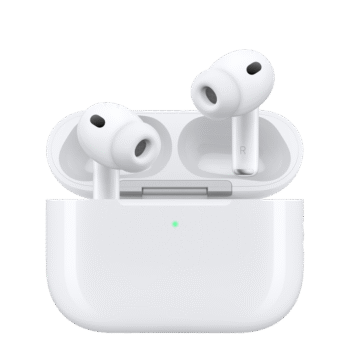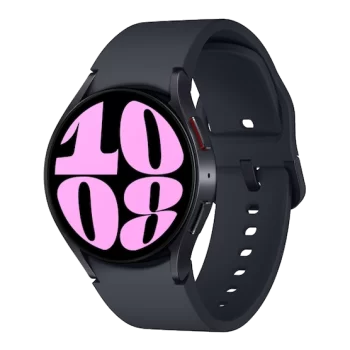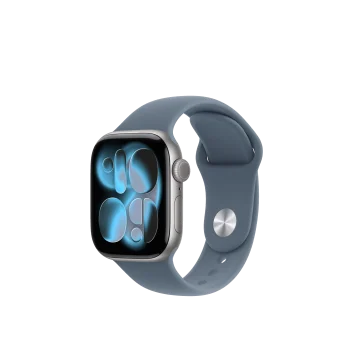All electronics occupy a limited-run space in our lives. We buy a computer knowing that we’ll get five years from it, give or take. After that, it may end up in a dump as electronic waste or waste. Ideally, though, those electronics will see a second life as either used or refurbished technology in another home. Uncertain about the exact separation between refurbished vs. used?
Keep reading. We’ll cover the essential differences between refurbished electronics and used electronics.
What Are Refurbished Electronics?
The term refurbished can come across as slightly misleading in terms of electronics. In other contexts, it often means applying some cosmetic fixes to improve the appearance of something.
For example, maybe you paint a house before you put it on the market for sale. You might refinish a dresser before you take it somewhere and put it on consignment.
In the case of electronics, refurbished carries a different and very specific meaning. It typically means that the manufacturer or possibly a retailer restores the device to its original working conditions or something very close.
So, let’s say an online retailer offers a refurbished smartphone. One of the most common problems with smartphones is that the battery life falls off dramatically after a few years.
For the retailer to call it refurbished, the phone needs a battery that will charge up to a significant portion of the original battery life. While 100% is the ideal, it’s typically some lesser percentage like 80 percent or 90 percent of the original battery life.
What Are Used Electronics?
Unlike refurbished electronics, used electronics are simply electronics with a prior owner. That means that used electronics also occupy a very wide spread of usability and overall condition.
For example, a used laptop might mean one that an owner used a few hours per day for six months or years. It could also mean one that someone used eight hours per day, five days a week, for three straight years. It’s often difficult to know without asking the owner, seeing the laptop, and even firing it up.
With a used device, you won’t know about things like battery life until you get and use the device. You may not find out about cosmetic problems like scratches until you see them.
In essence, used electronics come with a higher degree of uncertainty about their overall condition and project longevity. You might get a great product you can use for years. You might also get a device that will utterly fail within a month or two.
Refurbished Vs. Used Key Differences
One of the biggest differences between refurbished devices and used devices is a warranty. Even if you buy your refurbished device from an online retailer, it almost always comes with a warranty of some kind.
You’ll commonly see a 90-day warranty, which is usually enough time for any serious problems to crop up. That gives you a chance to make a claim on the warranty. It also gives the seller a chance to fix or replace the item.
Used devices almost never come with any kind of warranty. If you buy the device through an online sales market, the best you can hope for is a refund if the device arrives damaged or non-functional.
Refurbished devices are typically devices that the original manufacturer still produces. That means that you can often find support for the device through the manufacturer’s website. For example, you can find updated firmware, security patches, or even operating systems.
With used devices, you often find that the devices are no longer made or supported by the original manufacturer. That can make sourcing parts or getting software support of any kind very difficult.
There is also the overall question of age. Even if someone treated their device gently, the overall age of a device can affect its usefulness. After all, older computers can only support so much RAM, and the demands on RAM keep growing.
Refurbished Electronics Buying Guide
Buying refurbished electronics is a great way to save money. For example, let’s say you want to buy a MacBook. A new MacBook Pro can run you $2000 or more. A refurbished model can come in a steep discount, especially if you don’t mind a model that’s a year or two out of date.
Even so, there are some things you should look out for when buying refurbished. Did the original manufacturer do the work on the device? Third-party services can do good work, but it’s not a guarantee.
Does the device come with all the original accessories? If you won’t get all the accessories, that should show up as a discount on the overall price.
What, if any, warranty does the device come with? Most refurbished devices come with one but check on the details.
What’s is the seller’s return policy? Look for a seller with a straightforward return policy.
Used Electronics Buying Guide
Buying used electronics is a lot trickier than buying new or refurbished devices. Always ask for a detailed description of the condition, particularly non-cosmetic damage. Get pictures before you shell out any money whenever possible.
Make sure the device powers up and performs basic functions. You should do this test yourself.
Do price checks. You should know what that particular device and model go for new and used. Knowing that information helps you avoid overpaying for the device.
Mind the seller’s reputation. On sites that allow sales between private individuals, there is usually a reputation score for the seller. Always look for sellers with a good seller’s score.
Used, Refurbished, and You
The refurbished vs. used question isn’t an idle one when it comes to electronics. With refurbished devices, you routinely get some protection in the form of warranties and basic repairs. You also typically get a clear return policy.
With used devices, things get trickier. Devices rarely come with warranties and are often unsupported by the original manufacturer. You may face an uphill battle finding parts for the device.
Recharge Electronics specializes in refurbished electronics for Dallas-area residents. For more information about our products or questions, contact Recharge Electronics today.

